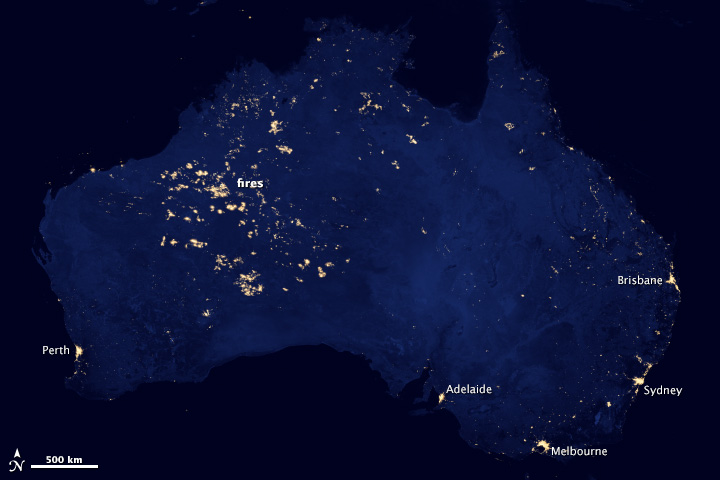
PERTH, Australia – A revolutionary way of thinking about climate change started Saturday, March 31, 2007 when millions of people did something as simple as shut off their lights.
In a single hour that evening, 2.2 million people in Sydney, Australia, shut off all lights and unnecessary electrical appliances in order to take a stand against ridiculously high carbon emissions in Australia and worldwide.
That hour was affectionately dubbed ‘Earth Hour’ and set into motion a new yearly tradition that effectively breached the gap between many nations in their fight to rescue a flailing world.
This year, I sat at my computer desk a half hour after Earth Hour ended. It was 10 p.m. in Perth, Australia, and though the designated time had passed, I was not pressed by the need to immediately throw myself at the nearest light switch to cast some light around my darkened house. I was not consumed by thoughts of drowning my accomplishment in manufactured light when I’d come so far. I’d already spent one hour in darkness, doing my reading for class the next week by candlelight, so why ruin it by falling back into the normal pattern of lights, lights, lights!
The truth, was, of course, that I felt rather guilty. Is it really that difficult for people to switch off their lights for an hour a night? For even 15 minutes?
And I don’t just mean on the glorious annual occasion of ‘Earth Hour.’
I mean any night, every night, or whenever a person simply realizes that the light in the study doesn’t actually need to be on at that moment.
So with this thought swimming in my mind I did what any other young person (or in my specific case, an aspiring writer) in the 21st century would do: I made my way through the darkness, switched on my computer, and sat down to hash it all out using my computer screen as my mental mirror.
In 2007, the World Wildlife Fund (WWF) of Australia in conjunction with The Sydney Morning Herald conceived an idea that would potentially alter Australia’s carbon emissions. The result was a massive number of Sydney residents and businesses turning off lights and electrical appliances and making a significant cut in energy use in a single hour.
The magnitude of the impact caused other nations to take notice of the people of Sydney who sent a resounding message that it was about time we took notice of the state of the world we’ve made and contributed what we could to fixing the troubles it faces.
Thankfully, many did sit up and paid attention to Sydney’s example, and ‘Earth Hour’ was born.
Now, every year on the last Saturday of March, each individual becomes a global citizen for an hour, switching off their lights and casting the ultimate vote in the election between protecting our earth from climate change or a world with an uncertain future.
The 2008 ‘Earth Hour’ was a roaring success, with millions of people in countries all over the world taking part. Numerous global landmarks, including San Francisco’s Golden Gate Bridge, the Sydney Opera House and Rome’s Coliseum, participated by standing in all their magnitude in complete darkness.
This year the target was one billion votes for a better earth – one billion voices renouncing climate change’s grip on our future. This year’s ‘global petition’ will be formally presented to world leaders at the Global Climate Change Conference in Copenhagen. The conference, due to begin in December this year, will determine new policies against climate change, replacing the existing Kyoto Protocol.
I desperately hope that this year’s Earth Hour target of a billion votes was not only reached but blown out of the water.
Judging from the view from my bedroom window that night, almost an hour after ‘Earth Hour’ finished, I’d say many people were making sure their vote would be counted.
Earth Hour. Mark it in your calendar on the last Saturday in March every year, from 8:30 to 9:30 p.m.
Rebecca Baylis is a Reporter for Youth Journalism International.



